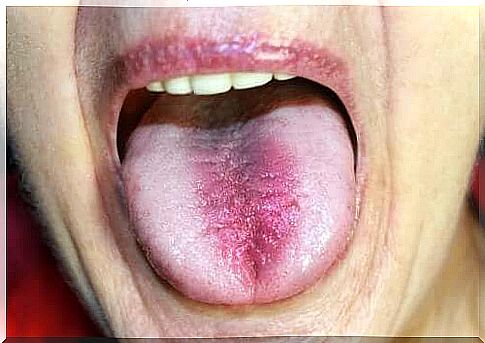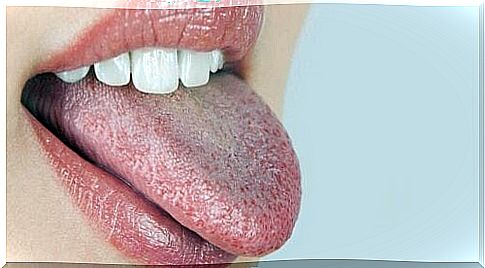Burning Mouth Syndrome

Burning mouth syndrome, also called glossodynia, is a condition characterized by xerostomia in women over 50 years of age.
Saliva is a fundamental element for maintaining oral health, as it is the natural lubricant of the oral tissues. It is also essential for digestion, as it forms the food cake. Finally, it prevents the spread of conditions such as caries and periodontal diseases.
What is xerostomia?
It is a reduction in salivary flow in the resting state. It is more prevalent after the age of 50, especially in women, due to hormonal changes.
It can be a temporary pathology, associated, for example, with a state of anxiety, infection, among other factors. It can also be permanent, related to the consumption of alcohol, cigarettes, chemotherapy, etc.
What is burning mouth syndrome?

As we have already said, it is a pathology characterized by xerostomia, especially in women over fifty. It is usually associated with hormonal changes such as menopause. It is three times more common in women than in men.
Patients also have dysgeusia, which is difficulty in swallowing. Hyposalivation is related to gingivitis, tooth decay and halitosis. Saliva tends to become thick and dense. The mucosa becomes dry, irritated and red. Often, the patient has symptoms such as:
- Burning in mouth and tongue
- cracked lips
- Dry mouth
- Presence of ulcers
- constant thirst
- Increased dental plaque accumulation
Discomfort usually increases in the evening and at night. Patients also report a metallic or bitter taste. In addition, the appearance of caries in the roots of teeth is very common due to the decrease in autoclysis, which is the natural cleaning produced by saliva.
How can we handle the problem?
If the cause is peripheral, that is, associated with drugs or other pathologies, the syndrome will disappear when the agent that causes it disappears. If the syndrome is not motivated by any external cause, treatment will be directed towards increasing saliva, avoiding the side effects of hyposalivation.
Guidelines generally include dietary and hygiene modifications to induce increased saliva production. To increase salivation, the provider may recommend salivary stimulants in combination with saliva substitutes. You can usually find these products in the form of spray, toothpaste and mouthwash.
What can we do to prevent burning mouth syndrome?

To avoid this pathology or to remedy its symptoms naturally, we can consider the following recommendations:
- Try to lead a more relaxed life, reducing stress.
- Increase your intake of fluids in your diet, making sure to drink about two liters of water a day.
- Try different toothpastes that are mild without a strong minty taste.
- Avoid eating acidic foods and liquids, sodas or coffee.
- Avoid cinnamon.
- Reduce or eliminate alcoholic beverages from the diet, as well as alcohol-containing products.
- Eliminate spicy foods.
- Stop smoking or cut down on cigarettes as much as possible.
Conclusion
It is important to consult a professional whenever you start to feel changes in the amount of salivation, mucosal irritations or any other symptom that lasts over time.
This is not just to treat it, but to rule out other possible pathologies, such as diabetes mellitus or some type of tumor. The doctor or dentist will be able to identify the different possible origins of the pathology to control it.









